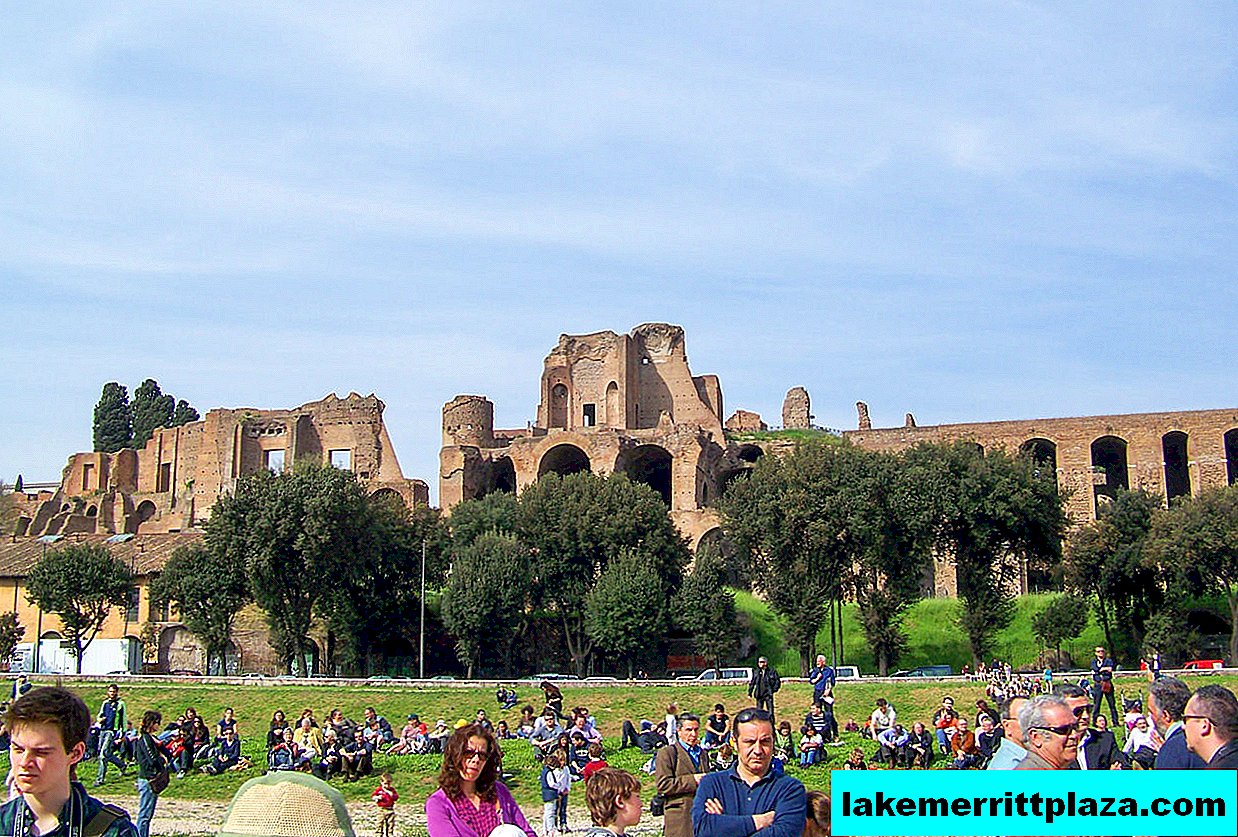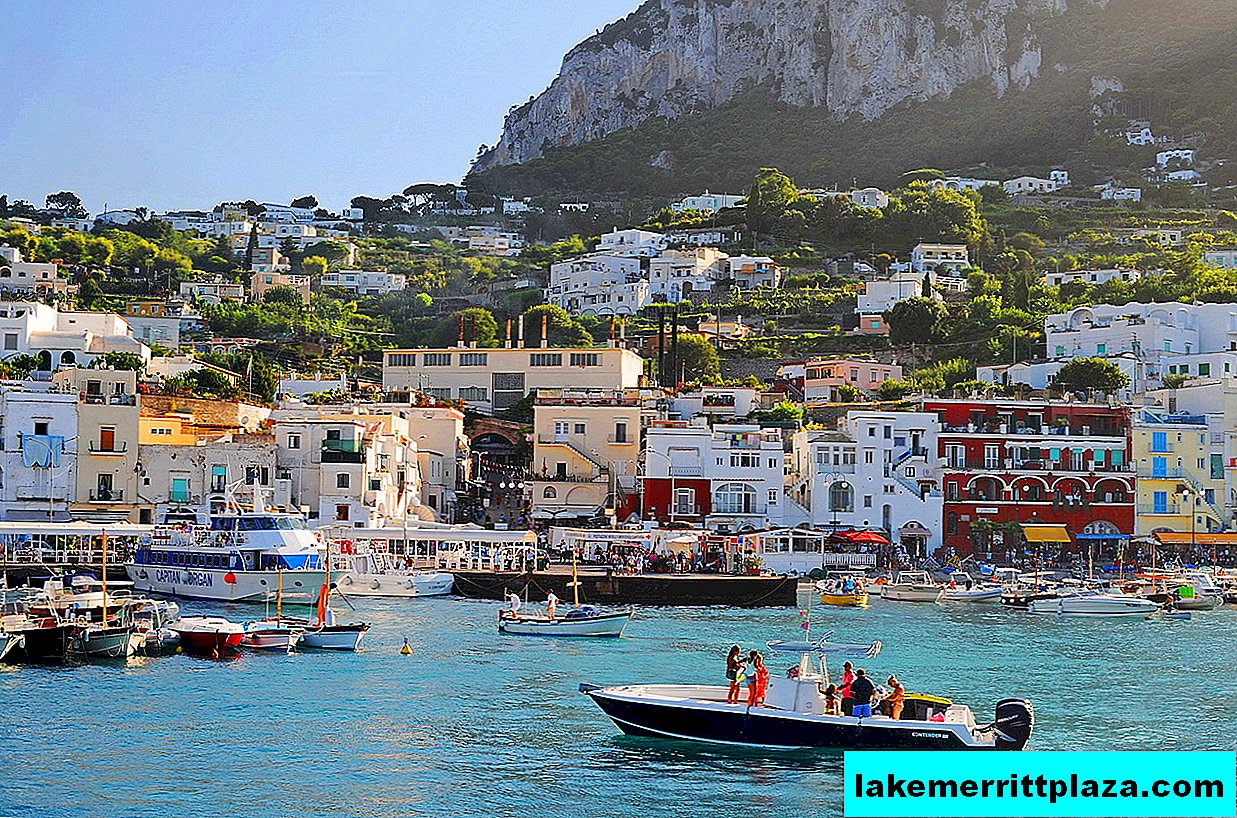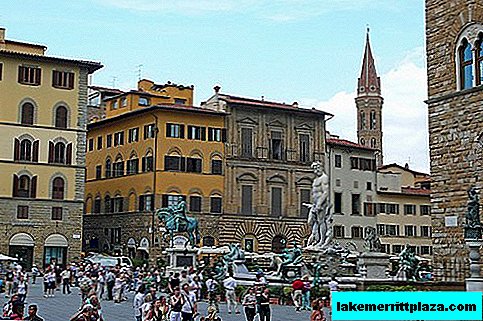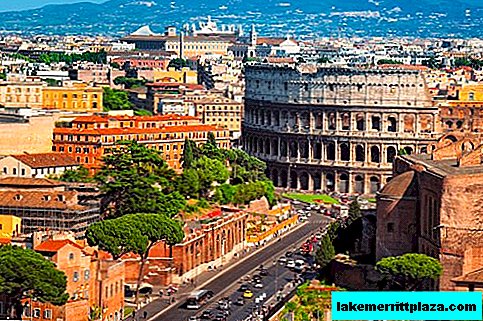The column is set in honor of the victory of Marcus Aurelius over the barbarian tribes. Battle scenes carved on it tell about this. At the top is not the emperor, but the apostle Paul. Today, on the square near the column are the Palazzo Chigi, where the Italian government is sitting, and the Palazzo Vedekind, which houses the publishing house of the newspaper Il Tempo.

Column of Marcus Aurelius (Colonna di Marco Aurelio)
In Rome, on Piazza Colonna, stands a magnificent monument - the column of Marcus Aurelius (Colonna di Marco Aurelio).
Marcus Aurelius was emperor of the Roman Empire for twenty years. During his reign, the northern territories of the Romans experienced multiple raids by barbarian tribes, leading the provinces to destruction. Marcus Aurelius, who hated war all his life, was forced to defend the empire, personally leading the struggle against the Germanic tribes. The emperor died in Windobon, in 180.
Column Relief

Relief of the column of Marcus Aurelius, photo M.Pardy
The monumental 40-meter column is encircled in a spiral by complex plot reliefs. They reflect the events of the Markoman Wars (166-180 gg.) - The history of two expeditions. The upper turns of relief depict scenes of the battle between the troops of Marcus Aurelius and the Sarmatians; on the bottom are fragments of the army’s battle with Germanic tribes.
The monument began to be built in 180 - eight decades later than the famous column of Trajan. The battle scenes on the Aurelius column are less pompous than on the Trajan's column. At that time, the legions consisted not only of the Romans - they included many mercenaries. The carvers worked very well on the facial expressions of the warriors, but the weapons and armor were depicted almost schematically. Among the historical scenes on the bas-reliefs, there are also religious images.

Battle scenes on the column of Aurelius, photo by HEN-Magonza
The design of the column of Marcus Aurelius
The Doric column with a diameter of 3.7 m is made of Karar marble, composed of 28 hollow cylindrical blocks. Inside the column body there is a spiral staircase with 190-200 steps. For a long time, climbing to the top of the monument was entertainment for the public. Now only service personnel can climb the stairs. The interior space is illuminated through narrow slots in the cylindrical walls of the column.

Column design
Once the monument was decorated with a memorial inscription dedication. It was lost, and now it is not known for certain: they established a column during the life of Marcus Aurelius, or already posthumously. The construction of the facility was completed in 193.
The history of the columns after the fall of the Roman Empire

Sculpture of the Apostle Paul at the top of the column, photo by Raffaello Palandri
The column of Marcus Aurelius was destroyed over time. It was restored only at the end of the 16th century, at the behest of Pope Sixtus V. The restoration was carried out by Domenico Fontana. Initially, a statue of Marcus Aurelius was installed at the top of the monument, but it was not preserved. It was decided to replace the sculpture of the emperor with a bronze statue of the apostle Paul.
How to get there
You can get to the Column of Marcus Aurelius by bus:
51, 52, 53, 62, 63, 71, 80, 83, 85, 160, 492, No. 4, No. 5, No. 12 to the stop S. Claudio;
62, 63, 83, 85, 160, 492, C3, No. 4, No. 5, No. 12, No. 25 to the stop Corso / minghetti;
628, No.6, No.25 to the stop Corso / l.go Chigi.
How do I save on hotels?
Everything is very simple - look not only at the booking. I prefer the search engine RoomGuru. He is looking for discounts at the same time on Booking and on 70 other booking sites.








